Descrizione
- [INCREASED STABILITY] Garantisce maggiore stabilità e controllo durante l'utilizzo del Ronin
- [RONIN CONTROL] Supporta il controllo completo di RS2 e RS3 Pro
- [LIGHTWEIGHT] L'imbragatura di supporto ridistribuisce il peso per un utilizzo più confortevole e prolungato.
- [INCREASED BATTERY] Molteplici opzioni di alimentazione garantiscono una maggiore durata della batteria del Ronin
- [COMPATIBILITY] Supporta qualsiasi gimbal con filettatura da 1/4"-20 e può essere alimentato tramite un Lemo a 2 pin.
*La spedizione gratuita non è applicabile a questo articolo*. Il sistema Tilta Float funziona in combinazione con i DJI RS 2 e RS3 Pro per fornire un sistema di stabilizzazione della videocamera piccolo e compatto che ti permette di realizzare movimenti fluidi e cinematografici con le videocamere più piccole.
Il palo basato su un contrappeso fornisce un’ulteriore stabilizzazione al tuo setup, oltre a quella che già fa il gimbal, per consentire il movimento della videocamera più fluido e libero che si possa immaginare.
Il design del braccio a molla e dell’imbragatura di supporto fa gravare il peso del rig sul busto, consentendo tempi di funzionamento più lunghi prima che l’utente si affatichi.
Il controller wireless per pollice in dotazione ti permette di controllare in modalità wireless il Ronin e un motore di messa a fuoco Nucleus M o Nucleus Nano.
Questa unità è progettata per essere montata sulla forcella del tuo Tilta Float tramite la staffa del monitor del sistema.
Il controller si alimenta con batterie Go Pro 5-8 e dispone di una porta USB-C che può essere utilizzata per futuri aggiornamenti del firmware. Si consiglia di non alimentare l’unità tramite questa porta.
Il supporto per la parte bassa della schiena e la tracolla singola in dotazione distribuiscono ulteriormente il peso, garantendo un utilizzo confortevole per qualsiasi durata. Le opzioni di alimentazione multiple offrono una maggiore flessibilità nell’alimentazione del Ronin. Il sistema può alimentare il gimbal tramite Gold Mount, V-Mount, TB50 o lo stesso Battery Handle tramite accessori opzionali.
*Il Float è compatibile con qualsiasi gimbal al di sotto del limite di peso che possa essere montato tramite filettatura da 1/4″-20 e può essere alimentato tramite 2 pin Lemo o una batteria interna; tuttavia, può controllare in modalità wireless solo RS2 e RS3 Pro.
**Il Float non dispone di uscite di alimentazione diverse dal Lemo a 2 pin progettato per alimentare l’RS2**.
***Il cavo postale interno può gestire 14,8V e 3A con una capacità massima di 6A***.
RS3/RS3 Pro: Il tasto M NON è in grado di imitare la funzione del gimbal. Il tasto M di questa unità può cambiare SOLO l’impostazione della modalità. Non è consigliabile utilizzare gimbal più grandi di quelli che possono essere classificati come “palmari” come il Movi Pro. Anche se il peso totale è inferiore a 10 kg, il sistema avrà problemi a supportare gimbal fisicamente più grandi dei gimbal della serie DJI Ronin RS.
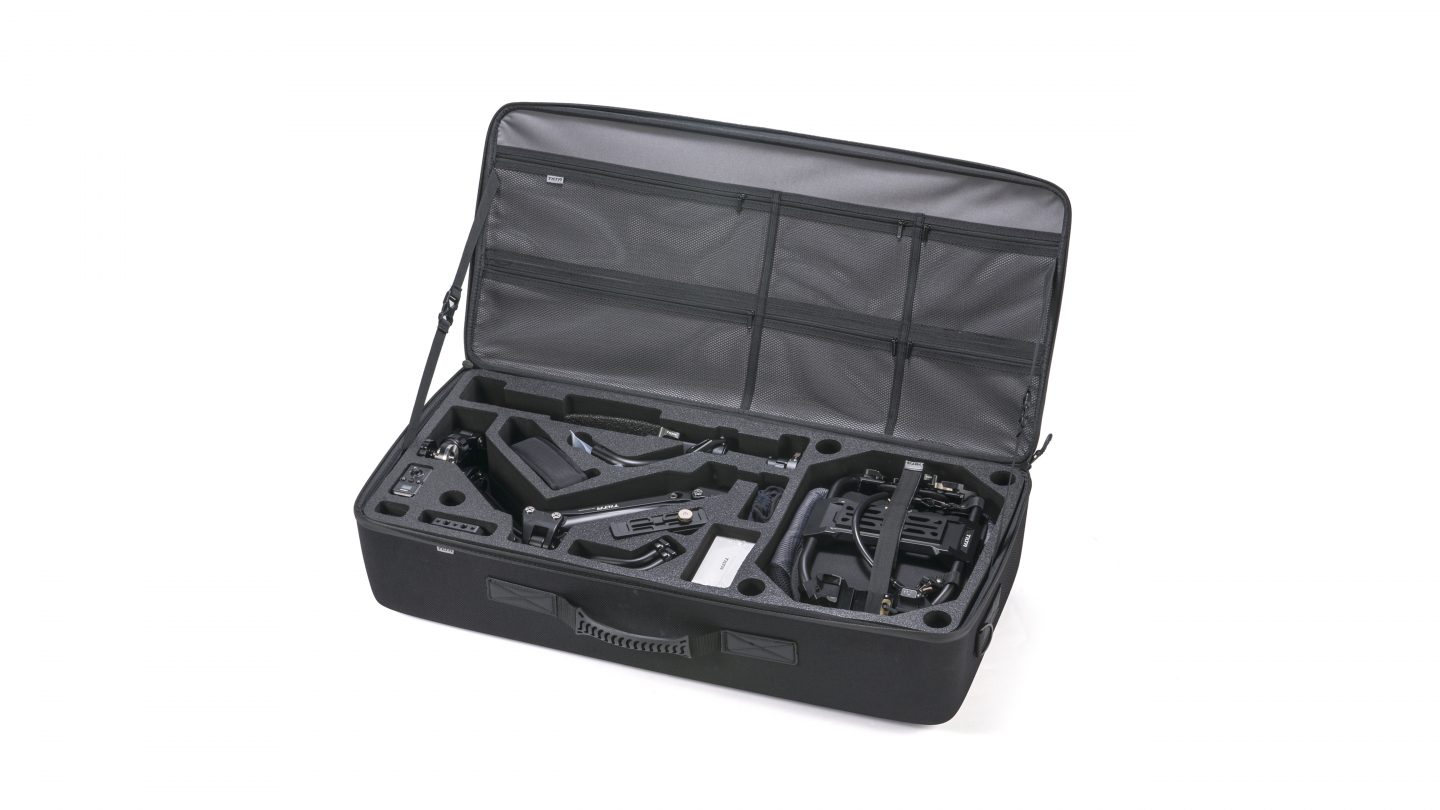






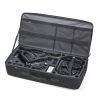
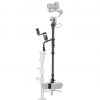
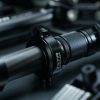
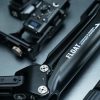



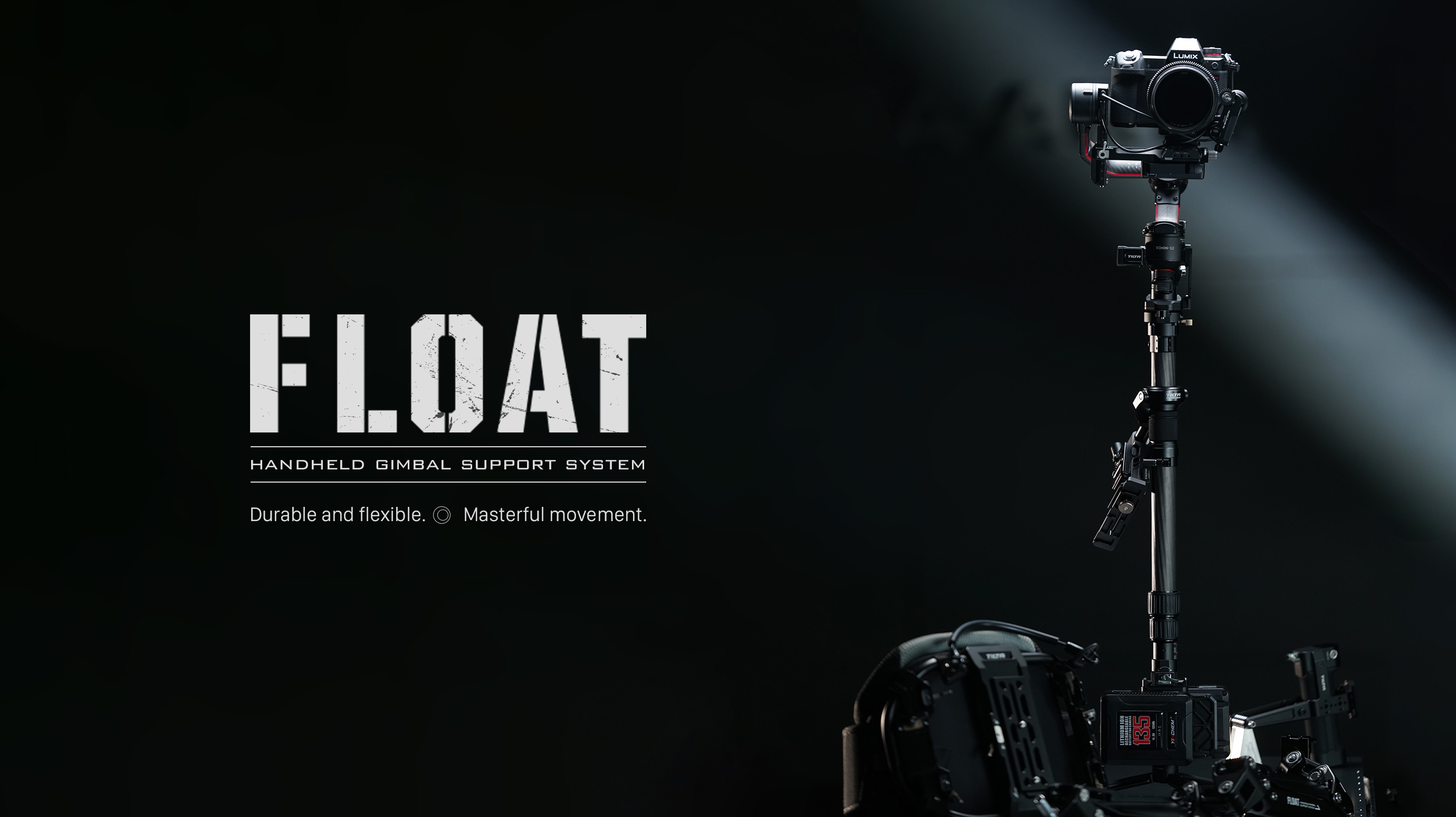
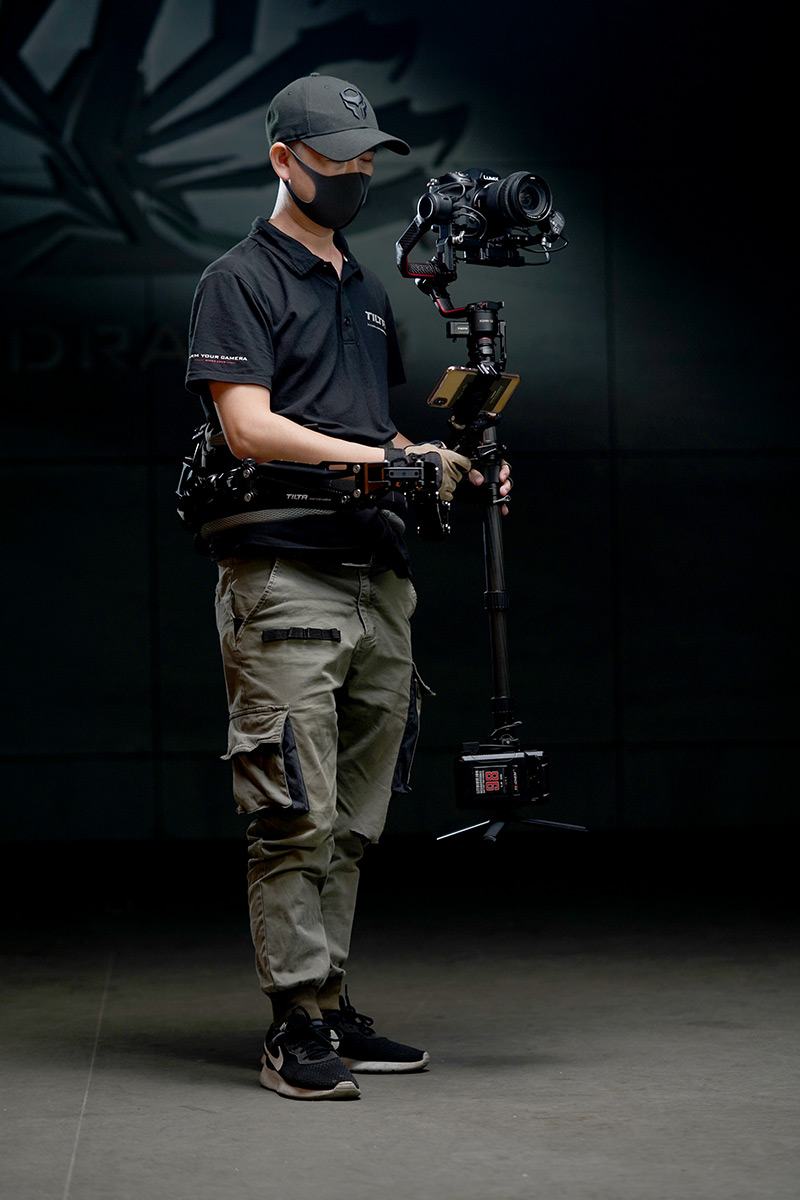
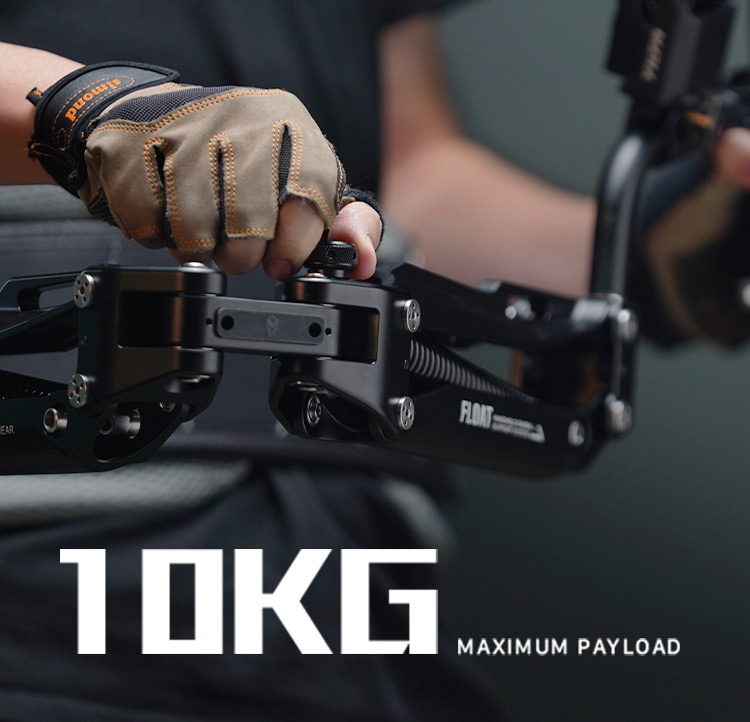
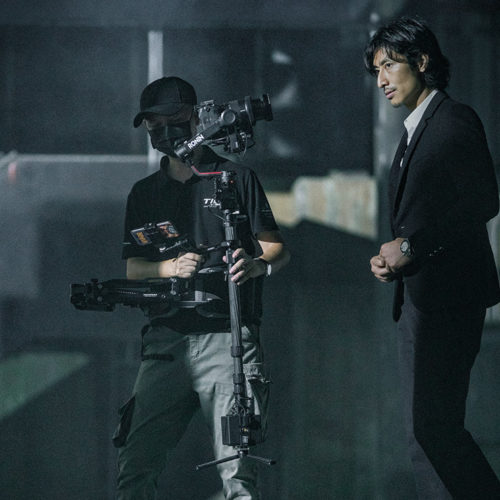

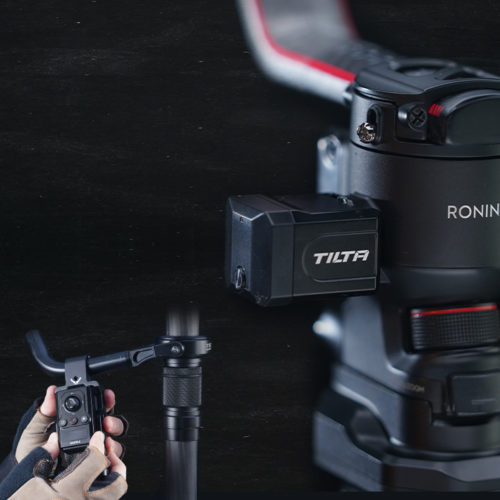
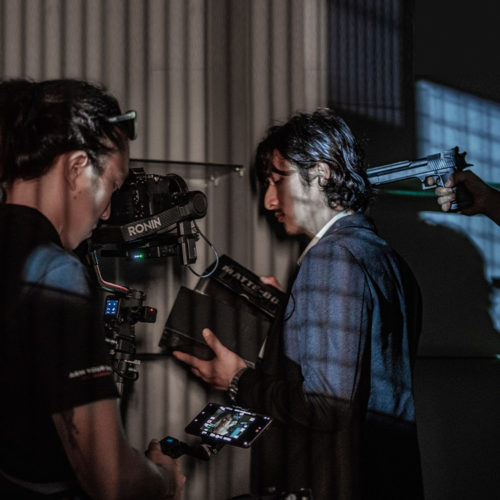
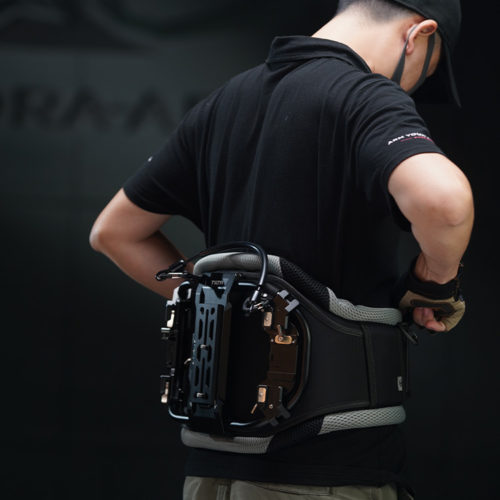
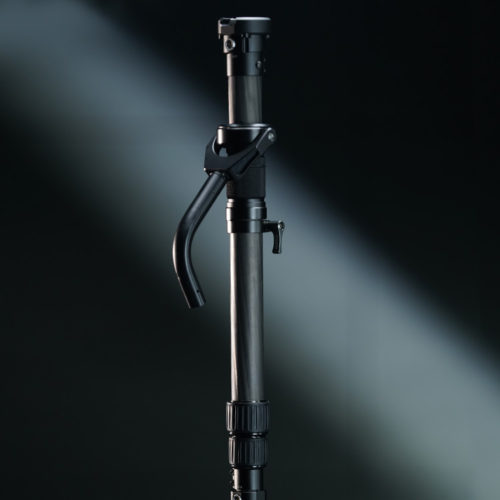
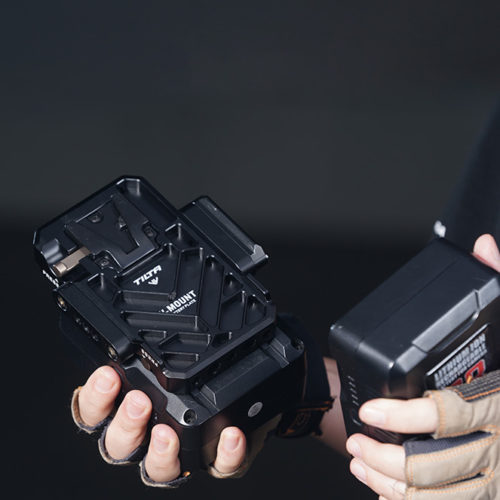
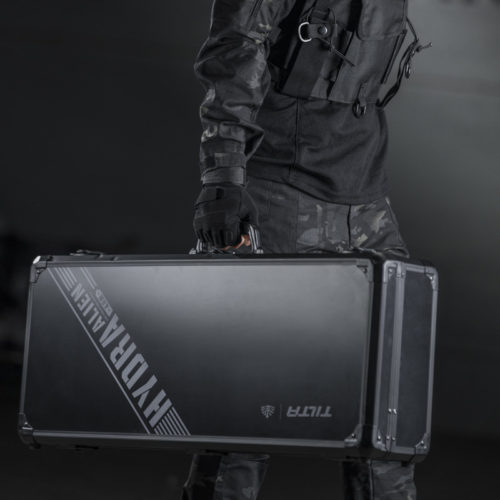
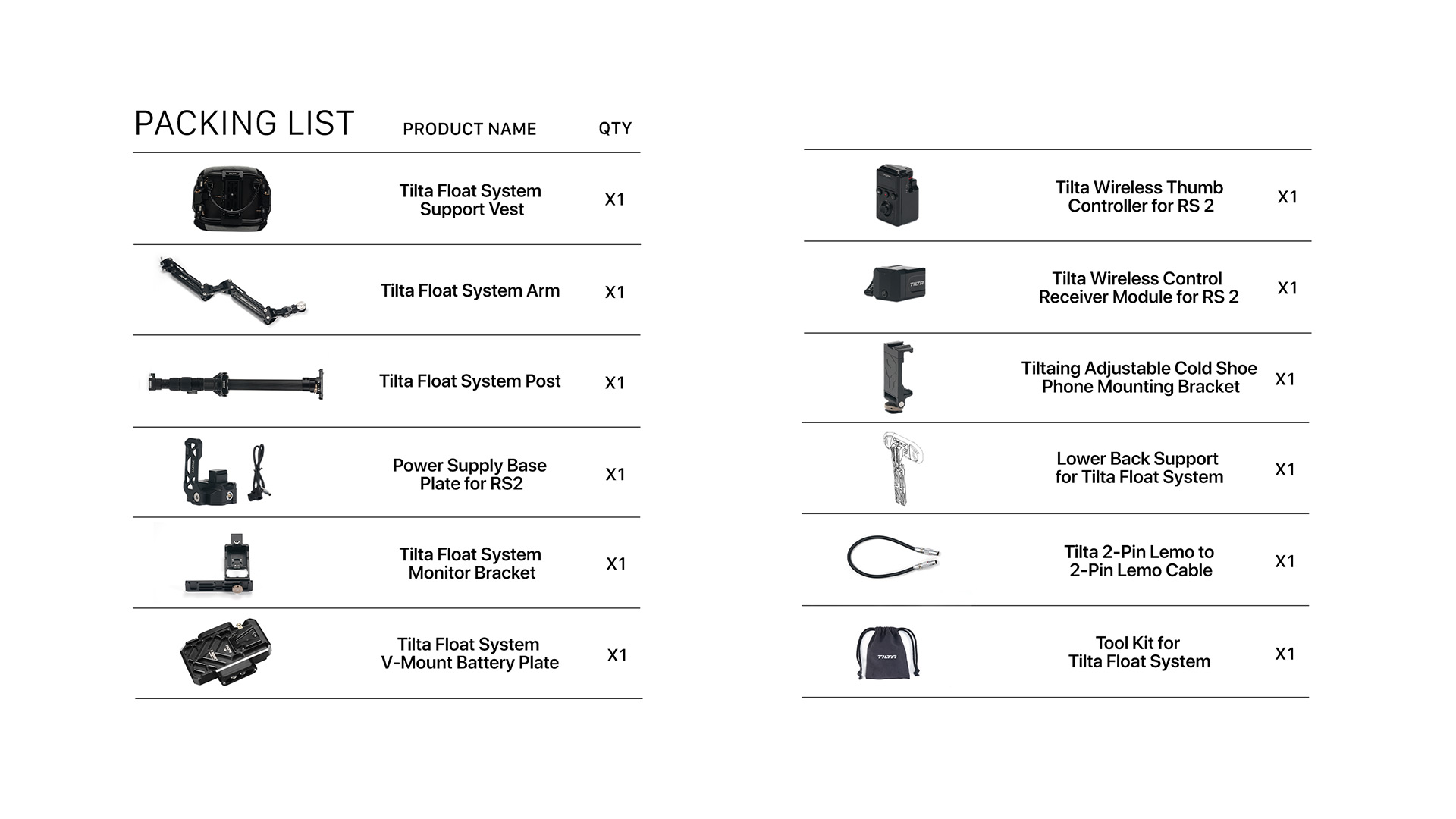
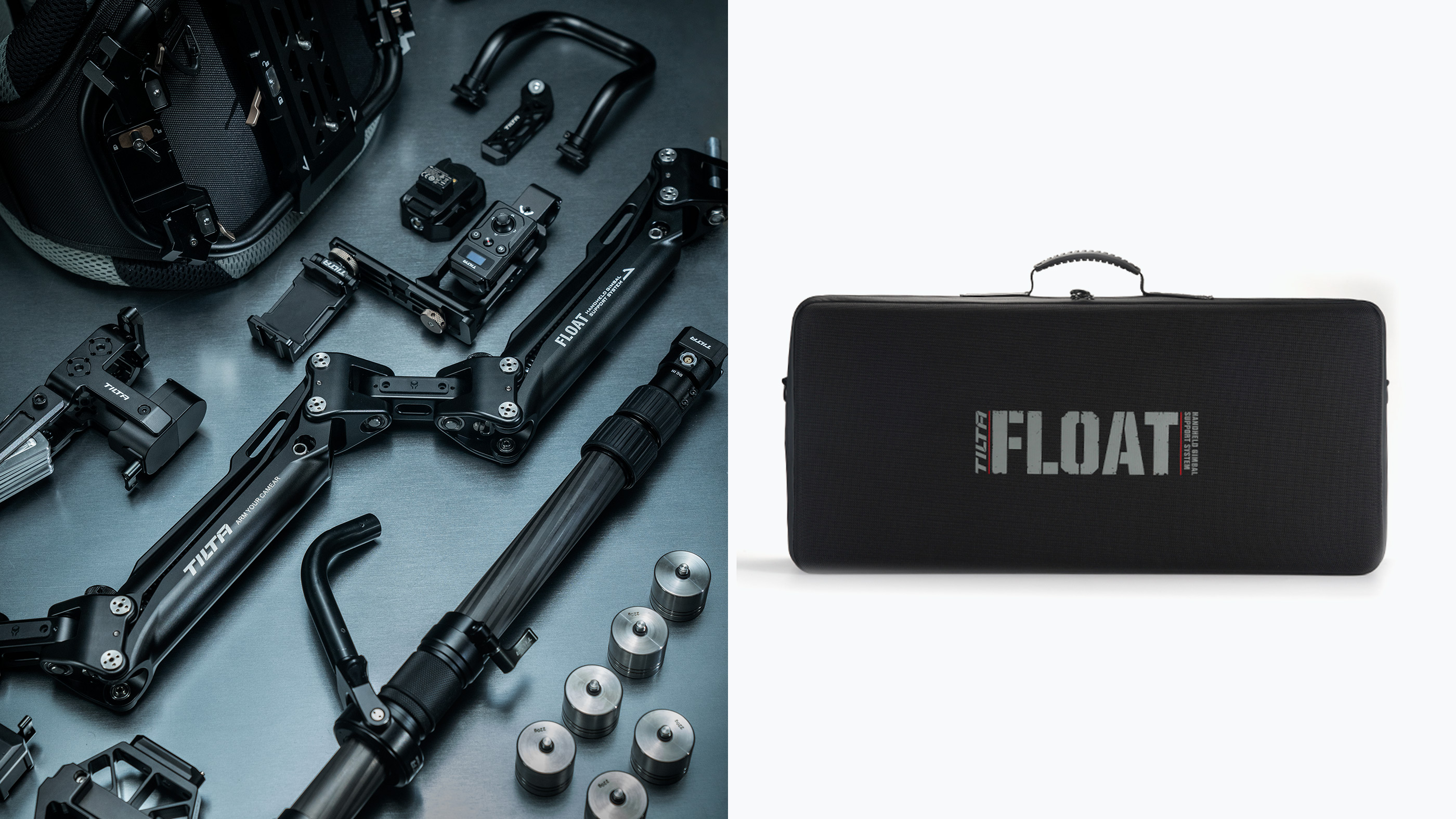
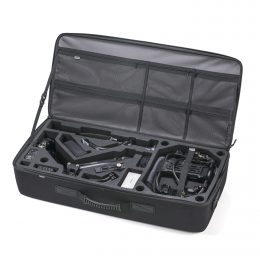
I would appreciate it if the shipping to Hawaii weren’t an arm and a leg. There are considerations for foreign shipments. Perhaps a different carrier for Hawaii and Alaska. Also, the support with assembly and balancing is either third party or in Chinese. One would think that there are enough sales to English speaking countries to properly support this product, affording the English speaking buyers the respect that any customer deserves. Its not like producing an English version is difficult for Tilta.
Fantastic. Takes some time to learn. But once you get it you’ll be amazed. The advance ring is probably the better overall equipment for most people. But I wanted to try out the float.
Its hard to balance the roll axis but I believe once I master that this piece will be the most valuable piece in my arsenal!
This product is extremely well made. I ordered early and perhaps because it was one of the first to ship, our Float arrived missing a rosette essential to its operation. The staff at Tilta in Burbank was able to get me the rosette and Im now up and running. We are still in the early stages of testing, but everything looks very promising. The Float is machined beautifully, and just fits. I didnt find the pressure on my hips or back excessive. A few suggestions for users: 1) Use identical batteries on the mount at the bottom – this will make balancing much easier. 2) For most moves, the wireless thumb control makes it easy to control the gimbal. For complicated moves, think about using the Raven Eye setup on the RS2 with Force Mobile to control the gimbal. There can be a lot going on for the Float operator, and having an operator for the RS2 makes complex moves much simpler. 3) Think about using a Nucleus Nano for focus. This means the gimbal operator, using Force Mobile on the RS2, can also pull focus. 4. Were using a C stand to carry the spud that comes with the Float which allows you to park the arm and take the load off. Theres going to be a learning curve for us, but all in all I think this system is going to change the way we work dramatically.
I haven’t had time to fully test my new Float system yet, but my first impression is that it is generally well made and is a great value for the money. It does have some issues though, speaking from my experience of Steadicam operating since I bought my first Steadicam 30 years ago. Users shouldn’t have to self-manufacture a shim to ensure a proper fit between the post and the gimbal. I really wish that Tilta had designed a proper vest that more evenly distributes the load across hips/shoulders/back, rather than just the hips. What Tilta calls a “Tilta Float System Baby Pin Docking Adapter” should be simply called a Balancing Pin Adapter. A proper docking bracket has on one end a yoke and safety pin that will dock and secure the rig in an upright position during breaks, and a balancing pin on the other end. I haven’t yet succeeded in getting a 1-2 second roll-back to neutral position (screen facing up) when post is horizontal…it’s much faster. Hopefully I’ll get that tweaked in time…as I said, I haven’t spent much time with it yet. Wish list: rack-and-pinion gear x-y adjustments with scale markings for fine tuning balance. I am finding that it does require a little different skill-set as opposed to traditional Steadicam. All in all, I’m really excited about using this, especially hard mounting it on my modified Segway as seen here: http://www.redzephyrcam.com/Paul_Kalbach__ArtichokePro_presents.html